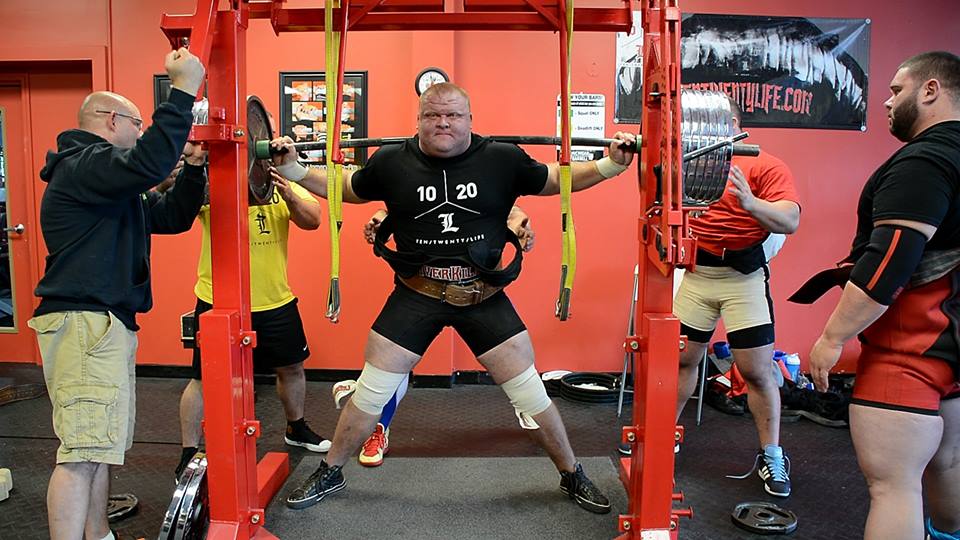
02 Jul What to Consider When Planning a Training Cycle
By: Brian Carroll
People have different ideas of what it means to have a good training cycle or even a productive one for that matter. Some think the bottom line of strength gain is all that matters. To some degree that’s true, but in the big picture, it’s only an ingredient to a successful training cycle and/or program. What about getting healthy (if you’re not) and STAYING HEALTHY? How about attacking weak points by bringing them up and making them STRONG POINTS? What if you actually make it through the cycle to your competition or test day and you are BETTER than when you started? There are a few things you should consider when planning your cycle and setting goals that I’m going to hit on. For example, your mindset and time management, as well as the amount of work you put into your plan.
Strength Gain
Strength gain is a huge component no doubt, but what are you doing to get there? Are you taking the scenic route or are you always optimizing your approach? Are you attacking every facet of the big 3 lifts with the most direct and profitable movement and exercise? One thing you have to ask yourself when planning out your cycle or when having someone help you put it together is this: will it help me get the end result that I’m looking for?
Are you doing a bunch of useless bullshit that will not only potentially slow progress and lead to overtraining or will it possibly contribute or exacerbate an injury. Find the exercises that work for you and the areas that you need to bring up or strengthen and then attack them with direct assistance work. This is exactly why I have the 10/20/Life weak-point index that will help guide you in choosing the correct assistance work. This takes the guesswork out of the equation.
Outwork Everyone
Sounds good right? “Hard work beats talent, when talent doesn’t work hard” according to Tim Tebow. No, not exactly. To a certain extent it can be true if the talented person is lazy and not applying themselves, but as a general rule of thumb the most prepared and talented person will win. At the end of the day you can’t out work talent, preparation, skill and execution – so lets put that to rest. I’m a HUGE Tim Tebow fan, but even HE can’t outwork his genetic ability as a quarterback in the NFL. Simply put, in most cases you will NOT out-perform someone who is 6’5” 270 with a 4.4 40-yard dash if you’re only 5’10” 230 with a 4.8 40-yard dash just because you decide to train harder. In rare cases this may be true, but simply doing more work than them could be your downfall.
The person that does the most work will be the most successful. This is a lie. You can literally work yourself into a stagnant, injured or even a weakened state. Don’t believe all of the movies, motivational screeds and stories that you read. Don’t get me wrong, you have to work hard – but what is hard? This is a generic term and is relative to what we compare it to. You also have to have enough gas in the tank to be able to go 95-101% of your best on that big training day and most importantly 100% + on meet day. How can this be accomplished? Easily, by not blowing your wad and going buck wild in training all of the time. Are you more worried about looking strong in the gym or are you more into hitting massive numbers on game day or competition day when it counts?
Work smarter, more efficient and hard but not as hard as you can all the time. Have a plan that works for you. What is considered hard work for you might be a walk in the park for your competitor, but if you’re getting better that’s all that matters at the end of the day. In comparison, your competitor might appear to have their shit together and training harder than ever, but in reality may be spinning their wheels and not have a good plan for the long haul. It’s all about timing: when to push it and when to back off the throttle. This comes with time, as does any good thing. Time, experience and failure.
You have to plan so that each day is geared to working toward the big picture (the meet, peak day/test/game day – whatever) and nothing else in your training matters. Don’t be pulled away and into another direction because someone else appears to be training hard or fun. Training can be fun, but winning is more fun. The bottom line – stay with your game plan and see it through till the end. This is how you learn and grow as an athlete and competitor.
Each time, plan your cycle so it’s to the point and every single component is geared for a bigger and better lift, a healthier body and a better, more concise approach. That is all our goals, right?
Time
Time is something that we are ALL limited on to some degree. Some of us have more time to train than others, but sometimes we just don’t have a ton of time to take care of the extra work or make up for something that we may be behind on. It’s important to make the most of your time in the gym. MOST of us have careers, spouses or own businesses that do not want to wait all night for us to get home from a training session, especially in the offseason. This is exactly why I advocate breaking up your training into offseason and pre-contest parts. You have to ask yourself this: What are you doing in the gym? Are you making the most of your time?
You don’t need to do a billion sets of a billion exercises every time you go to the gym. Depending on where you are in your cycle (offseason vs. pre-contest) you may do more or less sets, heavier or much lighter – especially in the offseason. Like I recently wrote about concerning strength training and time between sets, the offseason would be when to push the pace and knockout training sessions in a faster and more condensed time frame. This is the time to experiment and have more ‘fun’ with training. Like I’ve said constantly, DON’T EXPERIMENT RIGHT BEFORE A MEET OR COMPETITION. Save it for offseason.
Personally, when I’m closer to a competition and full bore into pre-contest mode, I will do more sets near 90% and over in a day, but will not do this all throughout the training cycle. This makes for longer days, as you will be working the weights up higher and taking more time between sets to ensure recovery. Sure you’ll have some days where you will be in the gym longer than others, but for the most part you can manage your sessions so that you can make the most out of your time and get the most benefit. In short, don’t be in the gym longer on the days that it isn’t necessary so that when it’s time to stay late, you haven’t burnt all of your bridges and your ‘come home late card’ is not expired.
Planning
Efficiency in planning a program is extremely important, I cannot emphasize that enough. Especially when dealing with chronic body issues or injuries. You must be realistic with what you’re capable of and with what you will be able to handle at any particular point in a cycle. This is huge when going off your percentages in pre-contest training. This goes for particular exercises you program and how they treat your body: if a particular movement kills you back, don’t do it. I recommend using the RPE (rate of perceived exertion) system in the offseason because this is a good way to be able to listen to your body and adjust as you go. I advocate you working off of percentages pre-contest and this again is something you plan ahead and follow. If you know that you have a brutal two weeks of heavy squat, bench and deadlifting on the horizon, then do not try to be a gym hero and do an extra three sets because someone challenged you to a deadlift war in the gym. Stick to your plan.
A word about pushing it in the gym in the heat of the moment
I’m NOT saying that team competition is bad, but it’s bad if it throws your next 2 weeks of training down the drain because you had to gut out a bigger lift than you planned on attempting that day. Write a plan that is feasible and stick to it! Like I touched on above, don’t let others side track you.
Mindset
There is nothing wrong with wanting to train as hard as necessary to achieve your goals and beating other people on game day, but the last thing you want to do is train your dick into the dirt because someone is in your head. I’ve seen this countless times. A good example of this would be the Muhammad Ali and George Foreman fight, “Rumble in the Jungle.” On October 30, 1974, Ali, who was known as the best trash talker ever, got so much under Foreman’s skin, that Foreman punched himself out and was gassed to complete exhaustion. Ali was just waiting on ropes and when he saw the opportunity unleashed a nasty combination in the 8th round that dropped Foreman for the KO.
My point here – don’t let someone else’s training, words or actions change your game plan. Will it motivate you to follow your plan and train hard? Yes, but don’t deviate because you decided to watch Rocky 4 and do three extra workouts on that particular week. Focus even more on what you have to do each day to get better and not get off your game plan. This is what people do to get inside your head. Don’t fall for it.
Weak Point Training
At the risk of beating a dead horse, weak point training is essential to a good and productive program. As you are planning a training cycle and you know that a certain area or bodypart is hurting a lift, plan out an effective and strategic way of rectifying it. Example: if your upper back is weak and it rounds on the squat and on the deadlift, you need to bring up the traps, lats, and rhomboids. Doing an extra bunch of exercises in a crazy manner without any rhyme or reason all at once will not only make your training session drag on forever but you may actually have to eliminate some of your regular exercises to make up for your weak point. Go straight to the source and use 1-2 movements at a time and attack your weaknesses. Run the exercise for 5-10 weeks and be patient. Start with block pulls, rows and chins, run it for 10 weeks and then see if it helped. Once you have time to evaluate, then you make a decision and move on or keep what worked. This all takes time. The basics tend to work well like I listed above.
If your core is a weak point, incorporate it in your warm-up and or cool down. This has to do with managing time, efficiency and training your weak points. You can actually kill two birds with one stone in training. Be creative and write out your plan, but do not be afraid to change it if necessary. I like to do my core work as a warm-up and a cool down and then I don’t have to bother with it. I also use it on my fluff and buff day or even on an off day. You can run through core work in about 10 min or so. If there’s one thing that you should try to outwork everyone on it would be core work – i.e. the big 3, stir the pot, kettle bell swings etc. You can do as much of this as you want. No such thing as a core that’s too strong.
Wrap Up
The biggest reason that I put together 10/20/Life, coach lifters and provide content is because I want lifters to avoid the issues that have tripped me up in the past. All of these issues above (and more) have cost me lifts, meets, injuries and relationships in the past. I will never pretend to know everything because at that point I’ve stopped learning and only a fool would do that. I’ve learned the hard way with a lot of these things. My purpose now is to help others and provide relevant content and information that could help you become a better lifter and person. As always, make it you own and use what is applicable to YOU.
Brian Carroll
Latest posts by Brian Carroll (see all)
- Brian Carroll Coaches the Birddog - April 24, 2024
- Protected: -Header Image Post Template 2024 - April 18, 2024
- Brian Carroll X Professor Stu McGill full interview 2024 - April 16, 2024




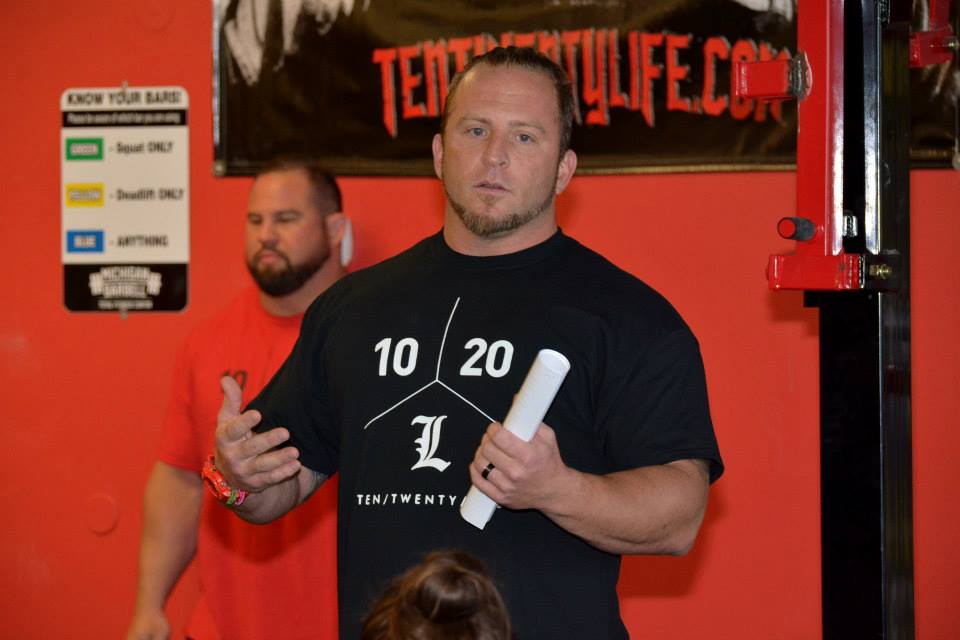
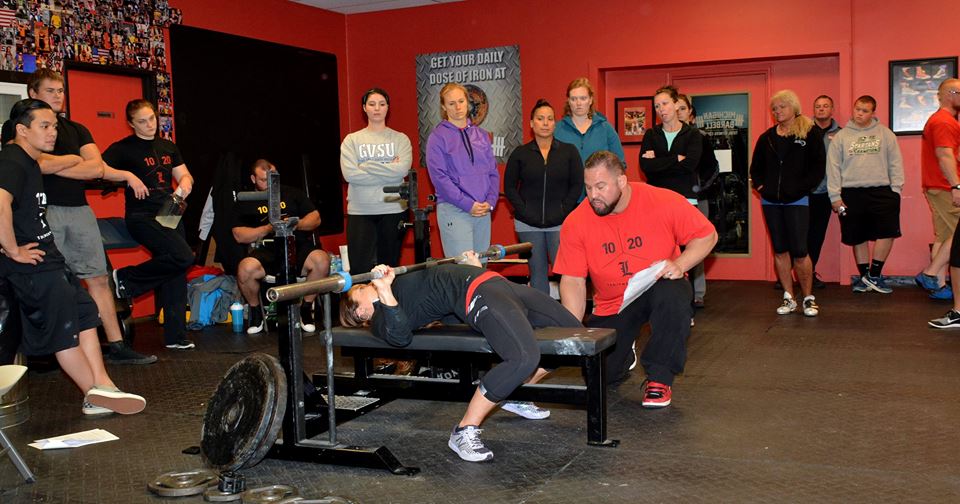
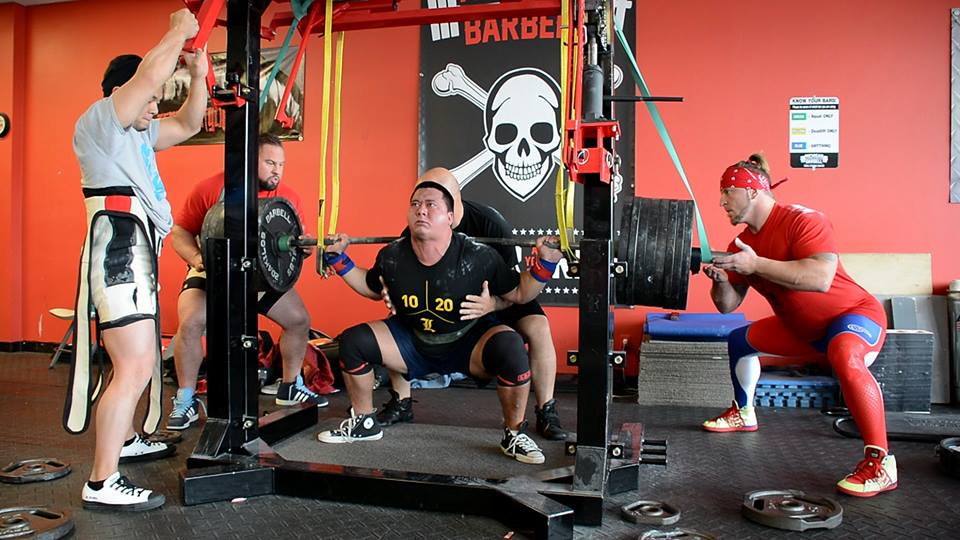
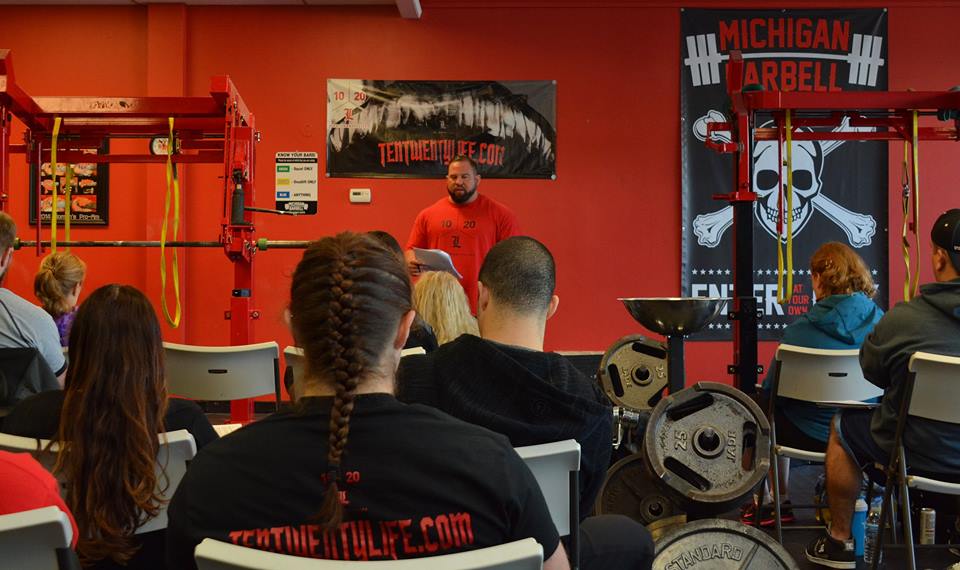

Sorry, the comment form is closed at this time.